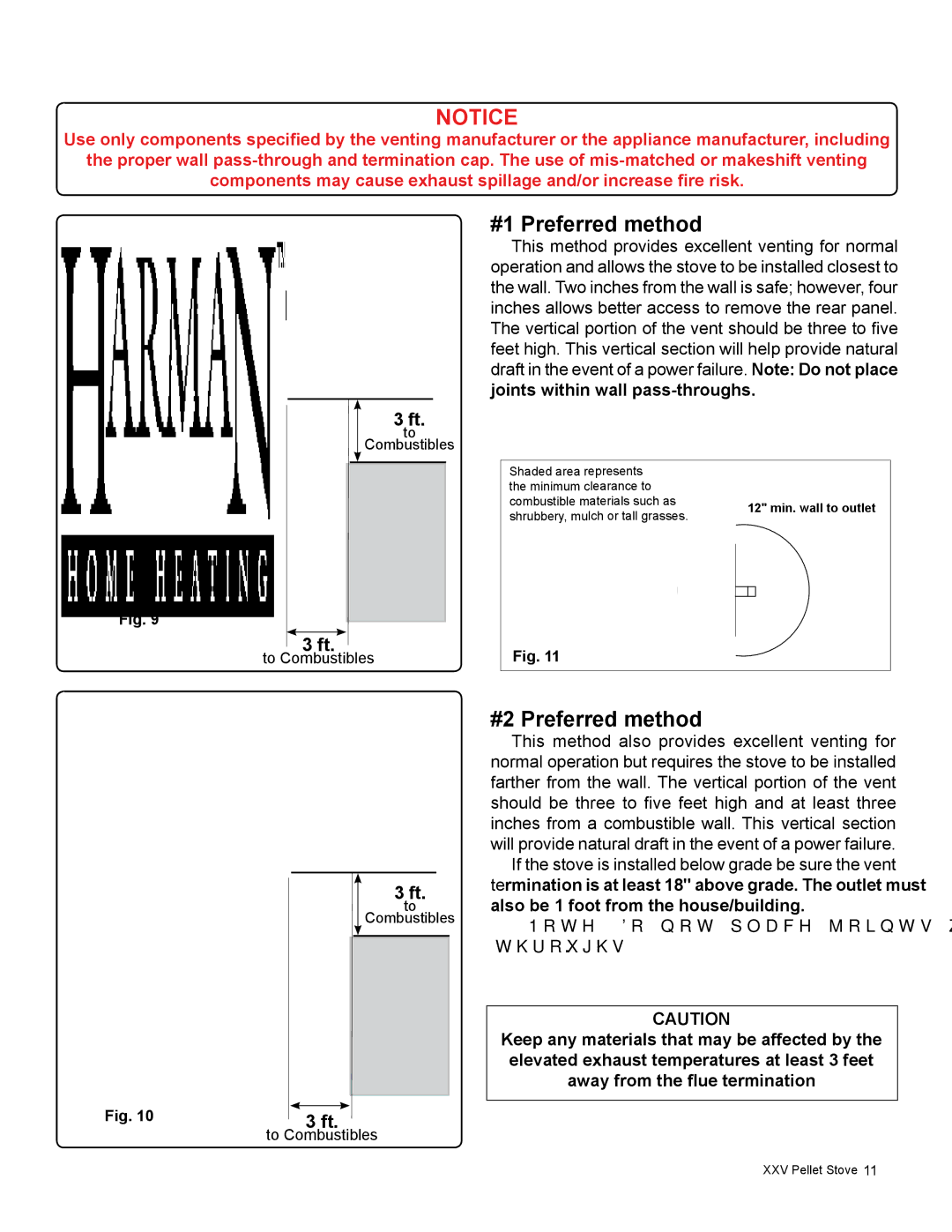R16 specifications
The Harman Stove Company R16 is a testament to innovative design and efficiency in the world of heating solutions. Built to provide both comfort and style, this stove stands out with its blend of traditional appeal and modern technology.One of the key features of the R16 is its impressive heating capacity. It is designed to effectively warm up medium to large spaces, making it an ideal choice for homes and cabins alike. With a high BTU output, the R16 optimizes fuel use while distributing heat uniformly, ensuring the entire area remains cozy even in the coldest months.
Another highlight of the R16 is its advanced combustion technology. The stove incorporates a clean-burning system that not only maximizes efficiency but also reduces emissions. This environmentally friendly approach aligns with the growing commitment to sustainability in heating solutions. The R16 can burn a variety of fuels, including wood, making it versatile and convenient for different users.
The design of the R16 also supports ease of use and maintenance. It features a user-friendly control panel, allowing owners to adjust settings effortlessly. Additionally, the stove is equipped with a large glass door, providing an unobstructed view of the flames and enhancing the ambiance of any room.
Durability is another characteristic of the R16. Constructed with high-quality materials, this stove is built to last. The cast iron body ensures excellent heat retention, while the elegant finish complements a variety of interior styles.
Safety is paramount in the design of the Harman R16. It comes with built-in safety features, including a heat shield and an effective flue system that minimizes the risk of overheating and ensures safe operation.
In conclusion, the Harman Stove Company R16 combines cutting-edge technology, efficiency, and aesthetic appeal. With its powerful heating capabilities, clean combustion system, ease of use, and robust design, it stands out as a leading choice for those seeking a reliable and stylish heating solution for their spaces. The R16 not only provides warmth but also enhances the overall experience of a home, making it a worthy investment for any homeowner.

